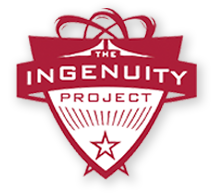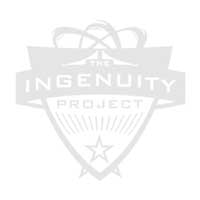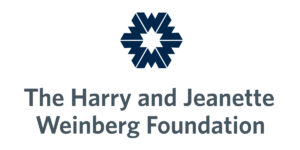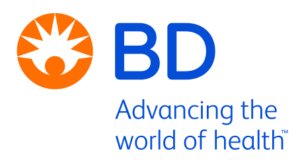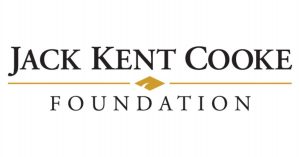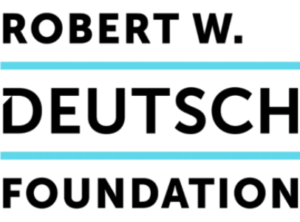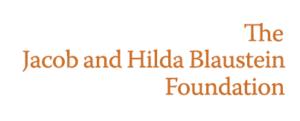January 3, 2016
By SCOTT EGLSEDER
The holidays have come and gone, and we are starting a new year full of good intentions and expectations. But rather than project into the future, I’d like to take you back to Nov. 12, when the Ingenuity Project officially launched its STEM Capstone Challenge at the Baltimore Polytechnic Institute.
The Capstone Challenge commissions teams of students to design innovative engineering plans that will address one of Baltimore’s most relevant issues: nitrogen pollution of Inner Harbor water. Students will have 26 weeks to propose creative solutions to the city’s infrastructure in order to prevent or slow the amount of nitrogen entering the Inner Harbor and the Chesapeake Bay.
According to the Teaching Institute for Excellence in STEM (TIES), “STEM education is trans-disciplinary in nature, offering students the ability to use project-based learning to address real-world issues that affect their family, their community and their world … TIES designs and engineers statewide systems of innovative STEM education networks focused on project-based learning in the disciplines of Science, Technology, Engineering and Mathematics.”
TIES worked with the Ingenuity Project to create this Capstone Challenge. Since 1993, the Ingenuity Project has worked in collaboration with the Baltimore City Public School System to offer accelerated science, technology, and math curriculums to high-achieving students. The Ingenuity Project is a non-profit organization and they have just expanded the scope of their outreach through a generous $100,000 grant from the Jack Kent Cooke Foundation. The grant funds will bring supplemental STEM programming to additional middle school students from across the Baltimore City Public School System, particularly to high-achieving, low-income students. A total of 550 students in grades seven and eight, across 10 campuses will be participating in the Capstone Challenge.
Students involved in the STEM Capstone Challenge are now about a third of the way through their 26-week timeline, and I would love to see what they come up with in April since nitrogen and phosphorous pollution in the Bay is a very serious problem. In fact, the Chesapeake Bay Foundation states that, “Polluted runoff from city and suburban landscapes is the only major type of water pollution that is increasing in the region. Pollution from farms, sewage plants, and other sources is decreasing.” Up until about the 1980s, builders were unaware of the issues created from polluted runoff. Their major concern was getting water diverted away from a property as efficiently as possible. Now we know that it is much better to have stormwater filtered back into the ground as opposed to running straight into our streams and waterways.
For this reason, we have seen things like the “flush tax” and stormwater utility fees. Maryland’s cities and suburban areas contain some of the highest concentrations of impervious surfaces — hard surfaces where water can’t be absorbed by and filtered through the ground — in the whole Chesapeake Bay watershed. In 2012, the Maryland General Assembly passed the Watershed Protection and Restoration Program, which setup requirements to address pollution runoff. Since jurisdictions like Howard County and Baltimore County have opted to phase out their stormwater management fees, maybe our young Capstone Challenge students will be able to help come up with a cost-effective way to reduce runoff pollution.
At the very least, these students are learning to use critical thinking skills to address problems within their own community. I find it thrilling that organizations like the Ingenuity Project are endeavoring to foster this kind of involved citizenship in our younger generation. Perhaps one of them will even be able to check “Reduce pollution in the Bay” off of their New Year’s resolution list.
